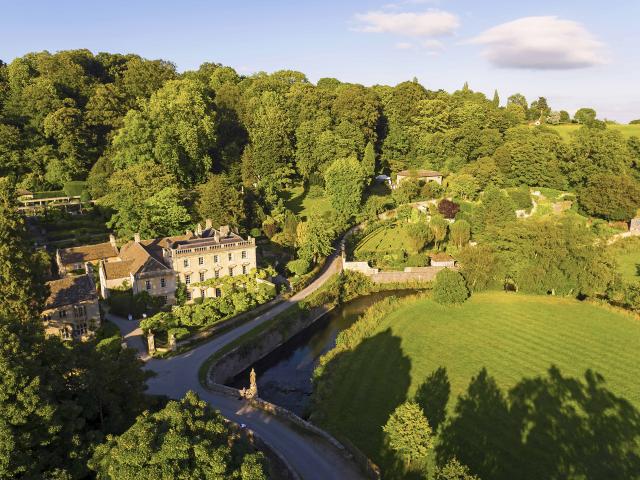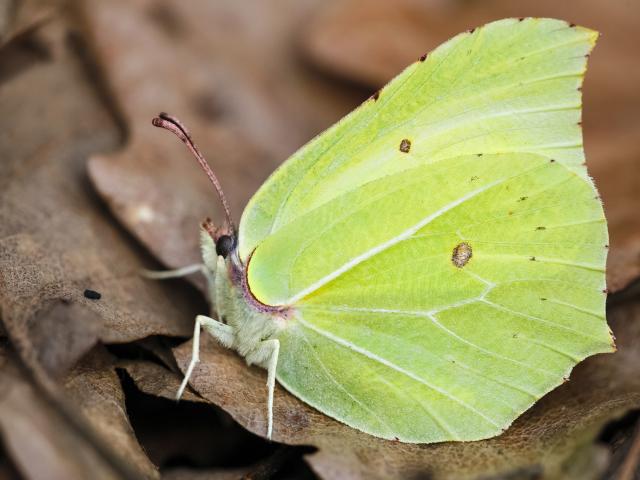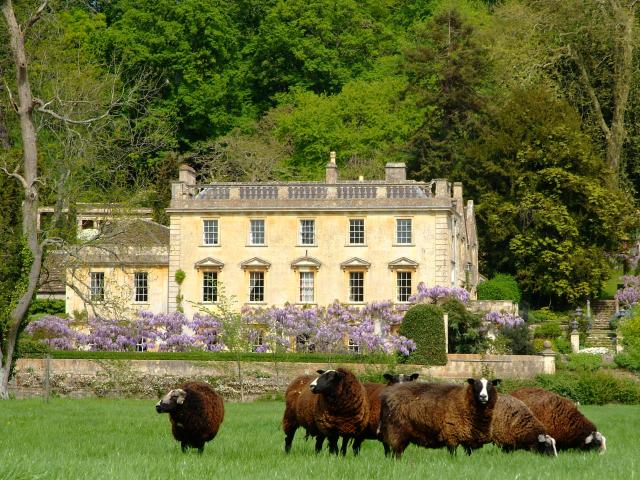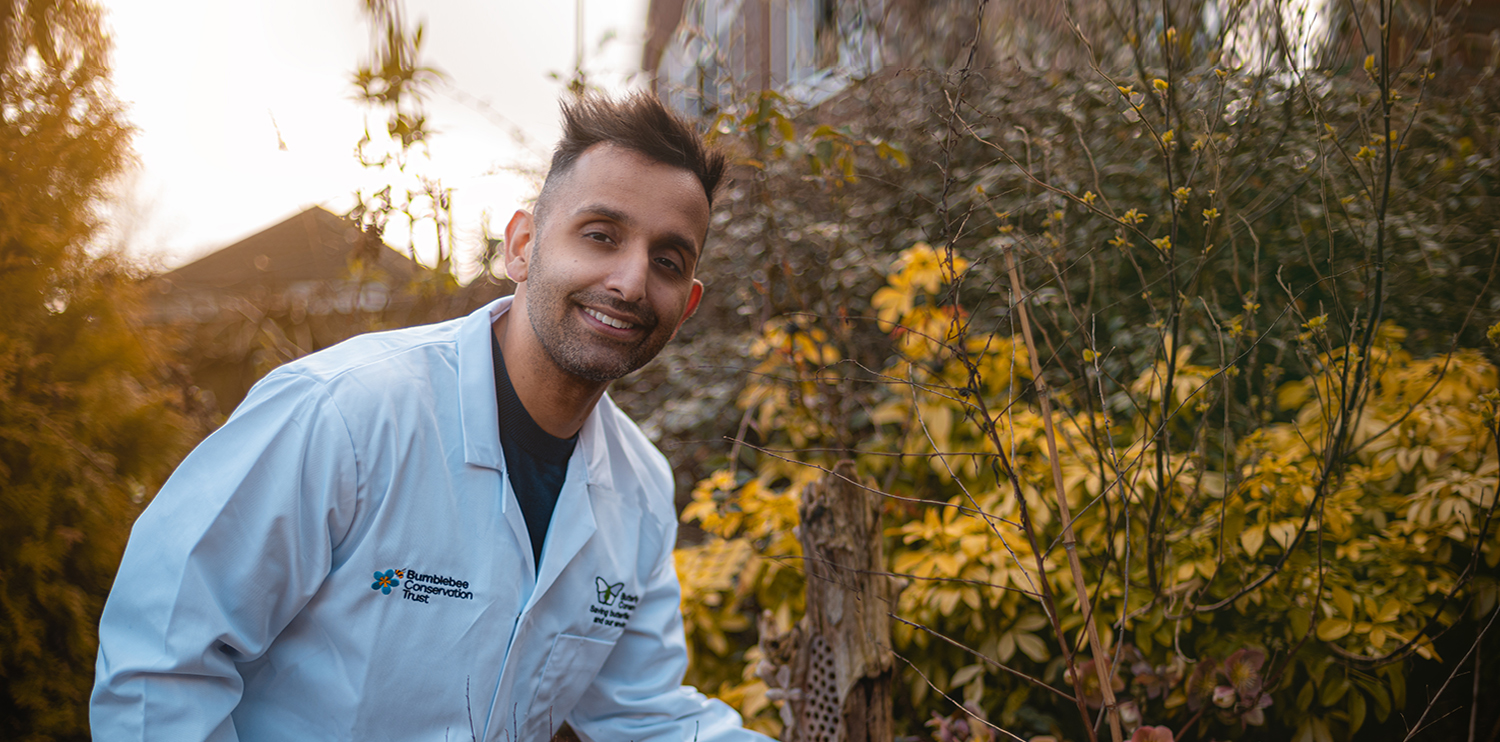Families in Wiltshire are being asked to look out for a beautiful sulphur-coloured butterfly, which has seen a dramatic increase in numbers across the county.
Around 230 Brimstone butterflies were recorded across Wiltshire throughout February alone, compared to just two butterflies seen during the same period last year.
The offspring of these butterflies will be emerging throughout the summer and wildlife charity Butterfly Conservation (BC) needs people to send in sightings so they can continue to monitor the numbers and chart the Brimstone’s progress.
People are invited to discover the Brimstone for themselves at a free Butterfly Day at Iford Manor near Bradford-on-Avon on Sunday 7 July, between 11am and 4pm.
Families attending the event can enjoy face-painting, arts and crafts, story-telling and cream teas, as well as learn more about moths - last year, more than 150 different species were caught, identified and released back into the grounds of the Manor.

Experts from BC’s Wiltshire Branch will be on hand to show off the moths, before taking families on guided butterfly walks to see if they can find the Brimstone and other summer butterflies.
BC’s Wiltshire Branch volunteer, Hugo Brooke, said:
“The Brimstone typically emerges from hibernation in March, but the unseasonably warm weather experienced in February meant the butterfly appeared a whole month earlier this year.
“We’re not sure what impact this will have on the species throughout the rest of the year, so we would like people to keep an eye out for this butterfly and to let us know if they see any.
“The Butterfly Day at Iford Manor is a good opportunity for us to see if the summer generation of Brimstone’s will follow the pattern of their spring counterparts and again emerge early. We’re also hoping to see more moths than our record-high last year.”
The Brimstone is a fairly large butterfly with the males being easy to spot thanks to their bright yellow wings.
The females are pale-green in colour, but when at rest, the closed wings of all Brimstone butterflies closely resemble a pale yellow leaf - with pointed corners, prominent veins and even a spot of ‘mould’ in the centre.

The butterfly prefers scrubby grassland or woodland, but can also be found in gardens and alongside road verges or hedgerows, especially near Buckthorn – the food plant of its caterpillar.
Sightings of the Brimstone can be submitted to Butterfly Conservation through the free iRecord Butterflies app.
We hope to see you at Iford Manor on Sunday 7 July!



